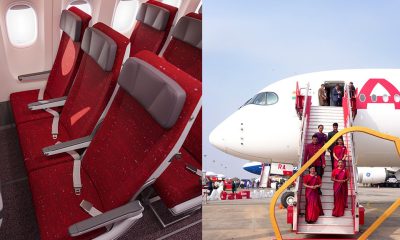Latest News.
Flipping the Boeing 777-300ER to Cargo :GECAS has partnered with Israel Aerospace Industries on the program
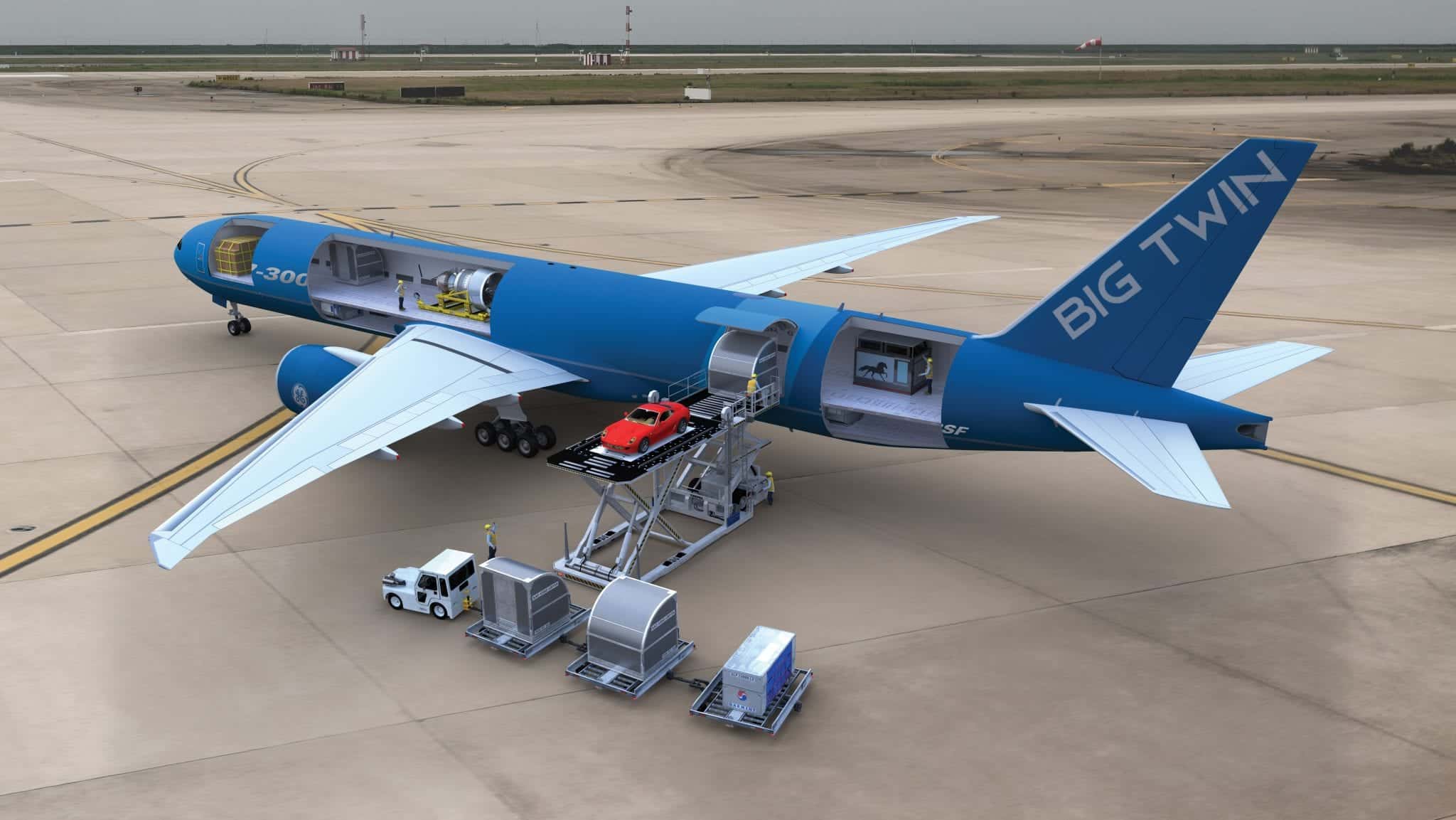
Flipping the Boeing 777-300ER to Cargo :GECAS has partnered with Israel Aerospace Industries on the program
The Boeing 777-300ER widebody passenger jet is the workhorse of long-haul aviation. Powered by a pair of giant GE90 engines — for a long time the world’s most powerful jet engine — the planes have allowed airlines to link continents and cities as distant as Los Angeles and Dubai with frequent nonstop flights.
But early this summer, one specimen arrived at an Israeli airfield set for a dramatic transformation into an air cargo freighter. The plane is a prototype for a program to convert 15 of the giant planes into a cargo configuration that will each be able to carry 100 tons of goods around the globe. As the 777-300ER replaced the iconic four-engine 747 jumbo jet for passenger airlines, the 777-300ERSF — with the “SF” indicating “special freighter” — is set to bring the same twin-engine efficiencies to cargo operators.
From the first blueprint to the first payload, the conversion program involves over 200 people and will take approximately 39 months to clear the myriad of steps including concept definition, design phases from preliminary to critical, physical conversion, and regulatory certification hurdles. For example, the team needs to cut major sections of the fuselage to fit the new cargo door, install a rigid barrier that can withstand forces up to 9 g’s and replace the entire composite floor structure with reinforced aluminum.
The team plans to transform the passenger deck into a full cargo compartment by modifying existing passenger doors and windows. The plane is expected to be able to carry many different kinds of cargo, including express shipments, online orders and perishables, as well as oversized freight — including even live horses or aircraft engines.
The plan also includes a supernumeraries compartment — basically, quarters for crew and company employees — right behind the pilots’ cabin where the galleys, lavatories, passenger seats and other areas were located. “Everyone thinks converting an aircraft from passenger to freighter is a simple process,” says Richard Greener, senior vice president and manager of GECAS Cargo, the freighter platform within GE Capital’s aviation finance business. “Instead it involves similar principles and regulatory requirements that you would face when producing a factory new build aircraft.”
GECAS has partnered with Israel Aerospace Industries on the program to convert the planes for planned delivery in late 2022 for operating lease to GECAS customers.
The first step is measuring every part of the fuselage to get an accurate rendition of the plane on the computer drawing board. Engineers use finite element modeling and extensive ground and flight tests to analyze how the conversion will affect the aircraft. With planned changes to include a new floor, adjustable storage configurations, a wider door and a cargo-loading system, engineers assess the shifts in stress on the plane’s fuselage to determine what additional modifications are needed. “What we’re doing is really re-engineering the aircraft,” Greener says.
The goal is to minimize the weight of the plane and maximize the payload to make it as cost-efficient as possible. When the conversion is complete, the 777-300ERSF, aka the “Big Twin,” will be able to carry something as large as a GE90 aircraft engine on the main deck as well as express and e-commerce cargo.
Greener said he expects a significant milestone will come around next June. That’s when engineers will cut into the plane’s fuselage and bring the freighter design to life. “New structures such as the main-deck cargo door and cargo-loading system will be added to the aircraft and the transformation from passenger to freighter will begin,” he says.
Meanwhile, as the engineers make their changes to the plane’s designs, Israel Aerospace Industries will be working closely with the Civil Aviation Authority of Israel, U.S. Federal Aviation Administration and the European Union Aviation Safety Agency to validate the work and obtain the necessary approvals and certifications.
These conversions are expected to be a growing business for GECAS as cargo traffic is expected to grow significantly in coming years. Last year, for example, GECAS started leasing converted Boeing 737-800BCF jets to Amazon. Boeing projects that such market segment will double over the next 20 years, and that the world’s freighter fleet will expand from about 1,870 to 3,260 freighters. More than 60% of the new volume will be passenger-to-freighter conversions.
More information about the 777-300ERSF can be found on the program’s website. And in case you’re wondering what a Boeing 777-300ER looks like on the inside, a few years ago the American aviation enthusiast Luca Iaconi-Stewart built a detailed model of the plane from paper. The model includes details like bolts, hydraulic pipes and hinges, and features amenities such as food carts, galleys, and the hidden crew “rest module” that most passengers never get to see.

Airlines
EU Bans Turkish-based Southwind Airlines due to links with Russia
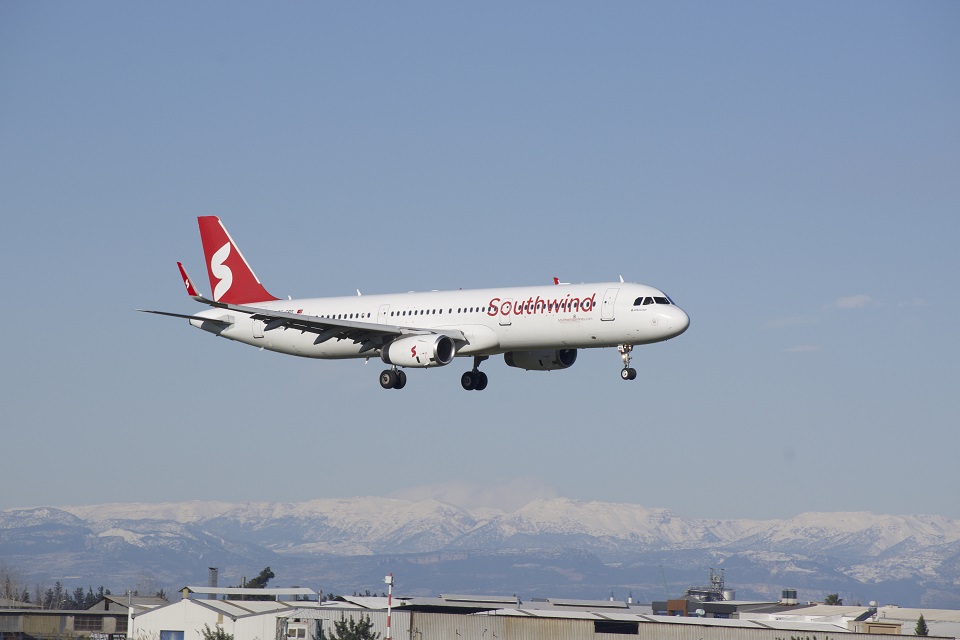
In a significant move reflecting the ongoing geopolitical tensions, the European Union (EU) has taken measures to prohibit Turkey’s Southwind Airlines from utilizing its airspace.
The decision, stemming from alleged connections with Russia, underscores the broader repercussions of Russia’s actions in Ukraine and the subsequent international sanctions imposed.
The ban, enforced on March 29, disrupts Southwind Airlines’ operations, initially leading to the cancellation of flights. The Finnish transport authority Traficom, headed by Jarkko Saarimäki, has been instrumental in elucidating the rationale behind the EU’s decision. Saarimäki’s assessment highlights a concerning lack of substantial ownership and effective control held by Turkish entities within Southwind Airlines.
Established in 2022 in Antalya, Turkey, Southwind Airlines had primarily focused on flights originating from Russia. However, scrutiny into its ownership structure has revealed apparent links to Russian stakeholders, prompting concerns over its allegiance and operational control. Saarimäki’s assertion of Russian influence over the airline’s affairs underscores the broader geopolitical implications of such connections.
The EU’s ban extends beyond merely restricting Southwind Airlines’ access to its airspace; it also encompasses prohibitions on takeoffs, landings, and overflights within EU territory. Consequently, the airline faces operational hurdles, impacting its routes not only to Finnish destinations like Helsinki but also to prominent German cities and potentially planned routes such as Zurich.
This development aligns with the stance adopted by other Western nations, including the United States, the United Kingdom, and Canada, which have implemented similar bans on Russian airlines. Such coordinated actions underscore the global resolve to hold Russia accountable for its aggressive actions in Ukraine and to mitigate potential security risks posed by entities with alleged ties to Russian interests.
Airlines
Indigo contributed 31 crores to India’s political party for election funds
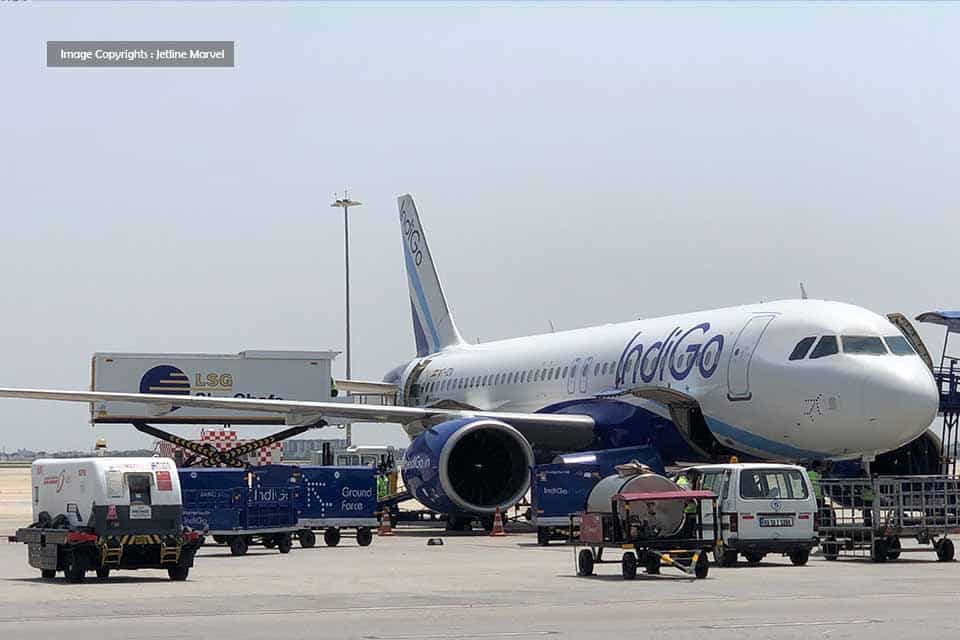
In a recent disclosure, it has come to light that Rahul Bhatia, the promoter of IndiGo, along with companies under his InterGlobe Group, has made significant donations totaling Rs 56 crore to four political parties. Additionally, SpiceJet, led by Ajay Singh, has contributed Rs 70 lakh to the Aam Aadmi Party (AAP).
The data further reveals that InterGlobe Air Transport Ltd, a part of the InterGlobe Group, purchased 11 electoral bonds valued at Rs 1 crore each on May 10, 2019, amounting to a total of Rs 11 crore. Similarly, Interglobe Aviation, the parent company of IndiGo, acquired 5 electoral bonds worth Rs 1 crore each on October 23, 2023, totaling Rs 5 crore.
InterGlobe Real Estate Venture and InterGlobe Air Transport Ltd directed the lion’s share of their political contributions, totaling Rs 31 crore, to the Bharatiya Janata Party (BJP). Surprisingly, the second-largest recipient was the Trinamool Congress (TMC), receiving Rs 16.2 crore from Bhatia. Additionally, InterGlobe Aviation Ltd allocated Rs 5 crore to the Congress party, while Bhatia contributed Rs 3.8 crore to its ally, the Nationalist Congress Party (NCP).
Rahul Bhatia, individually, also made substantial contributions through electoral bonds, purchasing bonds worth Rs 20 crore. On April 7, 2021, a total of 29 electoral bonds were acquired, with 19 bonds valued at Rs 1 crore each and 10 bonds at Rs 10 lakh each, summing up to Rs 20 crore. When combined with the donations from IndiGo and its affiliated companies, the total contributions from the promoter and associated entities reach Rs 56 crore.
On the other hand, SpiceJet, once a prominent player in the Indian aviation industry, has seen a decline in its market position, currently ranking fifth in terms of market share. Despite this, the airline has engaged in political contributions, with donations made in three separate installments.
Aerospace
Comac is set to fly to five Southeast Asian countries for a C919 and ARJ21 demonstration tour
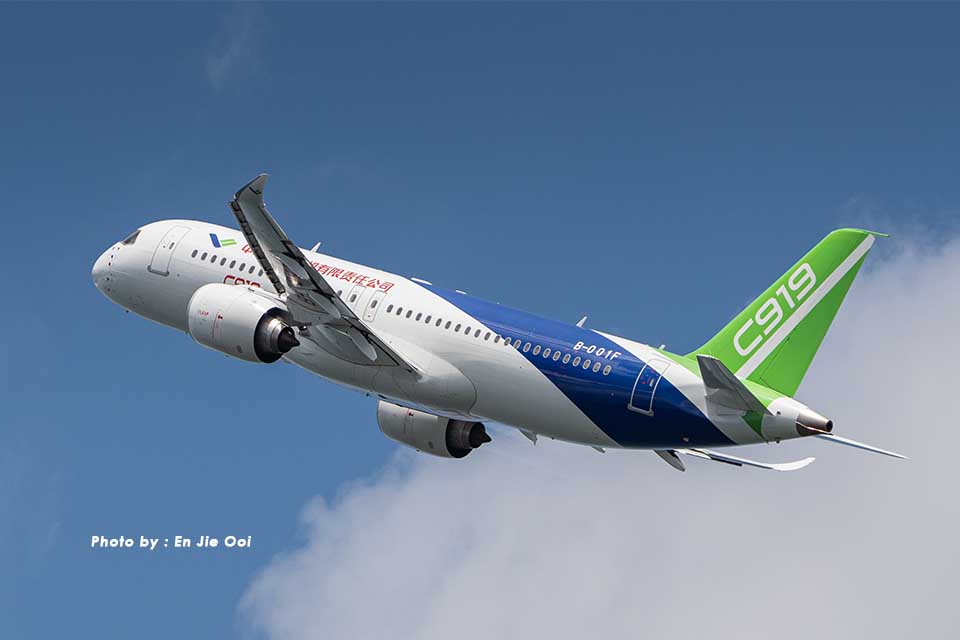
Following the successful debut of the COMAC aircraft at the Singapore Airshow 2024, the company has secured new branding rights for its products in the Southeast Asian aviation market. According to sources, the airline is directing its aircraft displays to Malaysia.
A static display and demonstration flight featuring the China-manufactured commercial aircraft C919 and ARJ21 were held on Wednesday at the Sultan Abdul Aziz Shah Airport in Malaysia’s Selangor state.
The event showcased the brand-new C919 and ARJ21 aircraft, both quietly competing in the narrow-body segment market and slightly challenging the Boeing 737 and A320 family aircraft. The ARJ is tailored for regional airports with shorter routes.
C919 and ARJ21’s five-country tour.
This event concluded the C919 and ARJ21’s five-country Southeast Asian demonstration flight tour, which included visits to Vietnam, Laos, Cambodia, and Indonesia.
COMAC is actively seeking an international market alongside China. Currently, the company has amassed over 1100 aircraft orders for the COMAC C919 aircraft.
Throughout the demonstration flights and static displays, the aircraft manufacturer Commercial Aircraft Corporation of China, Ltd. (COMAC) conducted a series of product promotion activities targeting potential customers.
Furthermore, the company aims to expand its airline network in these countries by obtaining regular licenses from their respective national aerospace authorities.
The purpose of the tour was to evaluate the aircraft’s adaptability to various airports and routes in the five countries, assess the ground service equipment’s suitability, test special flight procedures’ feasibility, and highlight the economic viability of these routes. COMAC stated that demonstration flights would lay the groundwork for future market development in Southeast Asia.
ARJ21 can carry 97 seats and C919- 192 seats.
The ARJ21 regional aircraft is designed to accommodate 78-97 passengers with a flight range of 2,225-3,700 kilometers. Meanwhile, the C919 jetliner offers a layout for 158-192 seats and a range of 4,075-5,555 kilometers, as per the company’s specifications.
The C919 completed its maiden commercial flight on May 28, 2023. Since then, China Eastern Airlines, its inaugural customer, has received five C919 aircraft, operating round-trip flights on Shanghai-Beijing and Shanghai-Chengdu routes. COMAC reports that it has safely transported over 140,000 passengers to date.


















